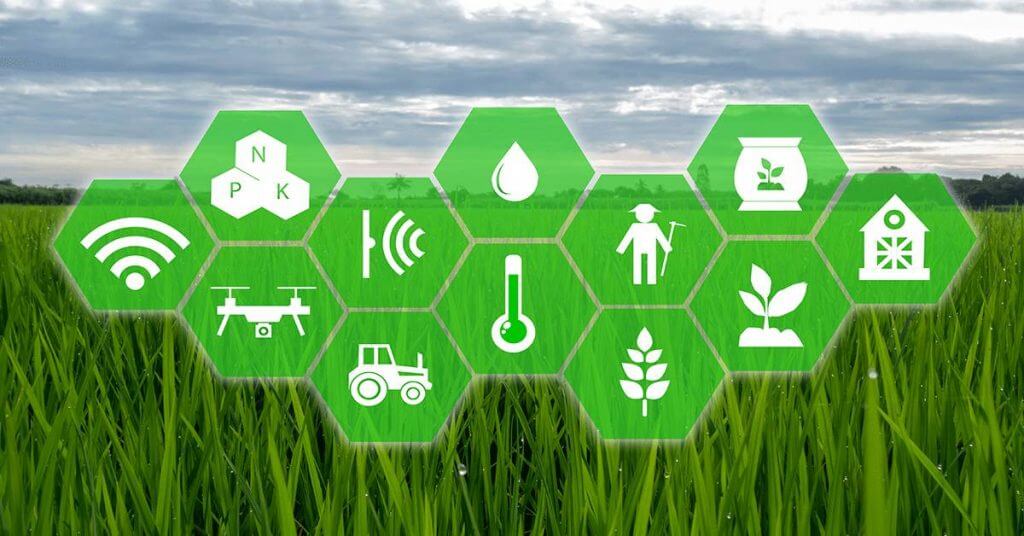A.I. is being used by California winemakers to address climate change problems

When you visit Gamble Family Vineyards in the Oakville area of Napa Valley, California, you could observe drones floating over grape vineyards. There, owner Tom Gamble and his staff often use drones to gather information about the vineyards, the condition of the grapes, and the impact of recent weather.
It’s hardly the only time he uses technology. Gamble is of the opinion that using cutting-edge techniques, such as artificial intelligence, enables his team to forgo many tiresome production jobs and concentrate on more worthwhile projects. This includes drones that recognize grapevine illnesses, measure vine density, and even deploy mildew preventive chemicals in difficult-to-reach vineyards, as well as wireless soil sensor networks with advice on water demands to support his deficit irrigation tactics.

Joanna Wells, who owns Signal Ridge Vineyards and produces grapes for renowned wineries including Coil Wines by Chris and Josh Phelps as well as her own label, Model Farm, is located around 80 miles distant in the Mendocino region of Sonoma County. In order to make knowledgeable judgments about her property and vines in her capacity as a winemaker and viticulturist, access to data is essential.
She is battling the same issues with climate change as her neighbors, but her property’s location—40 minutes up a gravel road in a redwood forest—increases the difficulty. She cultivates Pinot Noir and Chardonnay grapes on sloping hillsides. Each row of grapevines is situated in a different aspect and exposure, with occasionally radically different needs. It calls for extremely specialized, primarily manual block-by-block cultivation.

They both have therefore resorted to technology that is propelled by a same strategy: Artificial intelligence.
According to Wells, “we can use predictive modeling AI to offset this labor-intensive farming technique, tune into the demands of the vineyard on a micro level, and get ahead of possible problems before they develop.” “It is crucial to be able to anticipate our demands.”
It is both unexpected and anticipated to see so much technology in the wine region of California. Wine has frequently positioned itself as a natural product that blends art and science. As newer generations have assumed leadership roles at wineries and naturally shifted to more technical solutions in the last ten years, that has been changing.
LRecent extreme and unpredictable weather patterns in California’s wine country have made it even worse: a protracted drought, rising temperatures, and wildfires that have caused smoke taint, diseases in the vineyards, and a lot of lost juice in a region that produces 81% of the wine consumed in the United States. According to a research by Allied Grape Growers and the California Association of Wine grape Growers, climate-related effects will cost the California wine industry more than $600 million in 2020.
However, its proximity to Silicon Valley may also have a natural impact, as winemakers are increasingly using technological tools to overcome present obstacles and anticipate the future in the face of climate change.

A.I. is also located outside the vineyard. A.I. is a must for Tastry founder Katerina Axelsson. to guide her entire business, which forecasts customer wine tastes using cutting-edge chemistry and computer learning. She works with stores like Stop & Shop and wine producers like Atlas Wine Company to suggest wine mixes that will be appealing to their target markets. This was accomplished by examining over 1,000 data points about a bottle of wine along with consumer preference information broken down by zip code.
Tastry’s team can forecast how a wine will be tasted by the tongue by identifying which chemical components in wine are connected to certain flavor and texture attributes. Tastry may advise companies and merchants on what to offer that will most likely sell by matching that customer’s palate with their own, as well as suggest new markets for distributors and importers to think about for their goods. According to Axelsson, it is extremely technical and absolutely unimaginable without the aid of technology.
Her data recently motivated her to complete the circle by returning to the vineyard; specifically, her knowledge of customer flavor preferences motivated wineries to try novel types for commercial viability. Due to the recent wildfires in northern California, Tastry has advised clients on certain oak treatments that would cover up the effects of smoke taint on grapes, which frequently results in ashy and burnt tastes in the finished wine. The A.I. is limiting risk while lowering waste, recovering otherwise unusable wine, and investigating the possibilities of new kinds.
More artificial intelligence (AI) products centered on meteorological data are reportedly being created, according to Srivastava. According to him, these goods will influence those for insurance, predicting climate danger, and making suggestions for more effective global supply chains.
Gamble mentioned that the University of California, Davis is working on the development of a portable testing kit that non-technical people may use in the field to assess vine health and find illness before it spreads. Gamble is keeping an eye on the progress of driverless tractors, and Srivastava predicts that robotics will play a part in the production and distribution of AgTech in the future.

AI is the future for those who are willing to invest, according to Gamble. “People who don’t will lose their competitive edge. When A.I. is used as property, the demands of people, the earth, and profit—the sustainability Venn diagram—is all met.


